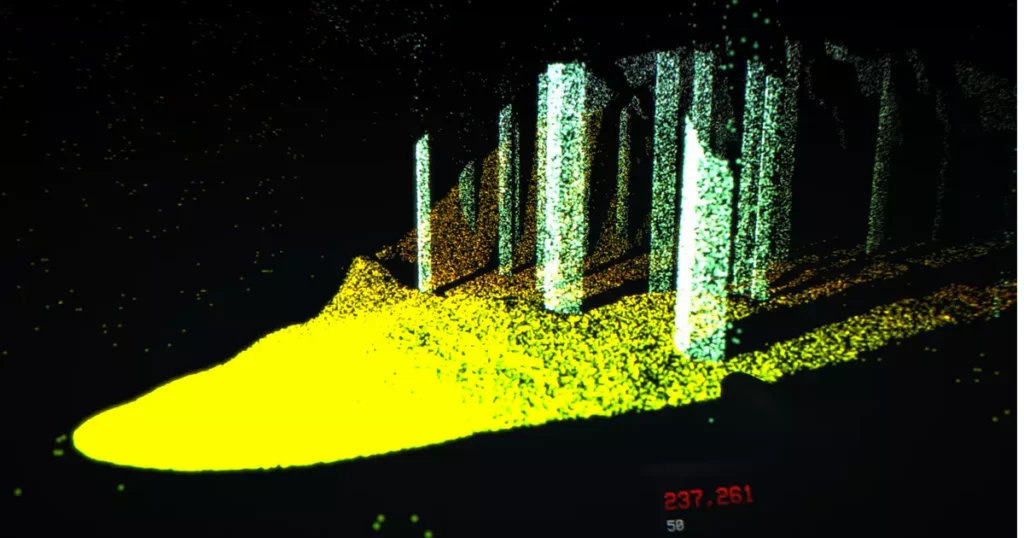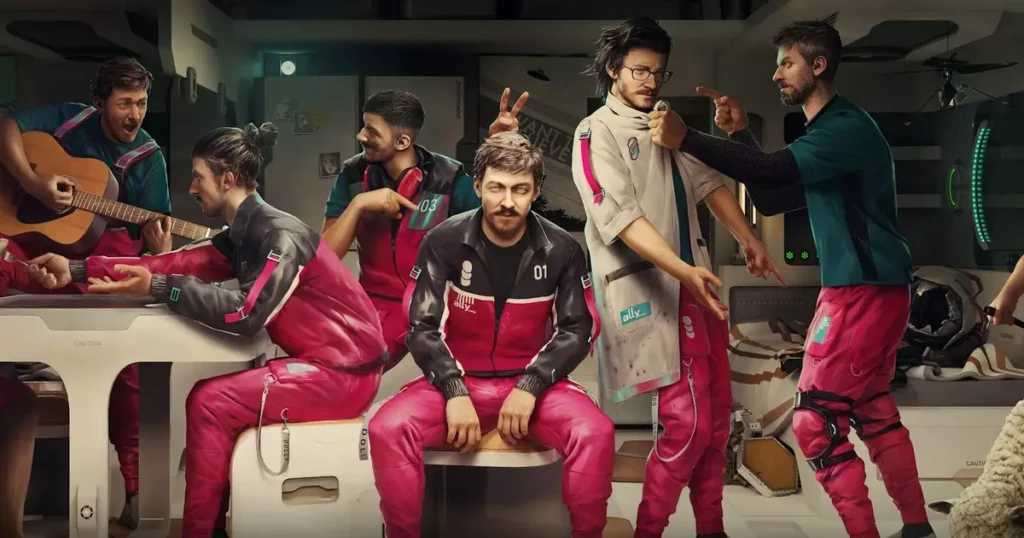In a rapidly evolving technological landscape, certain developments stand out for their profound impact on various fields—including gaming, art, and environmental science. Among these is LiDAR, or “Light Detection and Ranging,” a remarkable technology that uses laser beams to assess the distance to objects based on the time it takes for the light to return. This versatile tool has transcended its initial academic confines, making waves in creative industries and redefining how we interact with our surroundings. However, amid its advantages, one must acknowledge that as we embrace such innovation, we also wrestle with the implications of relying on technology for artistic expression and environmental awareness.
The Fusion of Art and Technology
Artists across the globe are now leveraging LiDAR to produce stunning visual art that invites contemplation of the natural world. LiDAR transforms ordinary landscapes into mesmerizing representations, capturing glistening rivers, towering forests, and more, with an elegance that traditional methods may lack. This marriage of art and gaming introduces players to new interactive experiences that provoke thought and challenge established narratives about the portrayal of nature in digital formats.
The LiDAR Exploration Program, developed by KenForest, epitomizes this fusion as a game that marries technology with artistry, presenting itself as a “relaxing atmospheric horror” experience. With a handheld LiDAR scanner, players embark on a meditative journey of exploration, where the act of scanning environments evokes a cathartic and reflective experience reminiscent of cleaning simulators like PowerWash Simulator. The gameplay, however, diverges from horror norms by juxtaposing tranquility with a sense of underlying dread as players uncover unsettling truths hidden beneath surface appearances.
Exploration Beyond Traditional Boundaries
In the LiDAR Exploration Program, players are encouraged to adopt a slow and deliberate approach to their environment. The game’s design allows them to adjust the scanning beam’s width, thereby manipulating focus between sweeping vistas or intricate details—an artistic choice that encourages mindfulness. This method evokes a sense of déjà vu as the landscapes seem to exist in a stillness that feels alive yet haunting. The act of scanning demystifies the solid forms of each object, asserting a metaphorical hollowness that confronts players with their interpretations of reality.
The transition from a localized scan to a wondrous three-dimensional perspective heightens this eerie sensation. Players witness their surroundings through a dual lens; the game ingeniously shifts between static and animated states, illustrating the fragility of perception. In doing so, it encourages critiques of our societal acknowledgment of surface versus depth—both in our interactions with the environment and within ourselves.
LiDAR as a Psychological Exploration Tool
One of the game’s most intriguing aspects is its psychological undercurrent. Just as LiDAR technology reveals the surface but remains blind to the essence that lies beneath, players engage with their creations only to often encounter a hollow reflection of their assumptions. This repeated experience breeds a subtle but persistent unease that lingers beyond mere gameplay. It nudges players towards introspection about their outlook on the world and their role within it—questions that resonate beyond the digital sphere.
By guiding players through detailed rendering of landscapes, the game serves as a critical commentary on how we engage with light and shadow, transforming what could have been a standard exploration into something more profound. This new perspective reshapes our understanding of illumination, not merely as a means of revelation but as an artistic device that often conceals as much as it shows.
Elevating Gameplay Beyond Surface Interaction
While the LiDAR Exploration Program deserves accolades for its refreshing premise, it also spotlights the uncharted possibilities that arise from blending technology with artistic gameplay. The meditative quality of this interaction lays the foundation for future gaming experiences that encourage players to absorb and reflect on their environments deeply. The nuanced balance of light manipulation and environmental detail signals a compelling precedent worth exploring in a medium that historically has focused on action-oriented, surface-level engagement.
Could subsequent titles follow in its footsteps to create opportunities for reflection and interaction that transcend mere entertainment? As developers like KenForest traverse the boundaries between artistic vision and gameplay, they open pathways for innovative storytelling that cultivates emotional resonance. Gaming, as it stands, often prioritizes fast-paced action, but the potential for deeper connections with both narrative and environment, as demonstrated by LiDAR, suggests a revolution on the horizon.
As we stand on the precipice of this technological and artistic evolution, the implications of LiDAR technology beckon us to consider not just its uses, but the very essence of the narratives we engage with as individuals. The balance of light and shadow, the exploration of form and hollowness, all serve as reflections of our realities. Given this, we must proceed with caution, acknowledging both the transformative power of technology and the importance of maintaining a critical lens on its impact on creativity, perception, and ultimately, our understanding of the world around us.









Leave a Reply